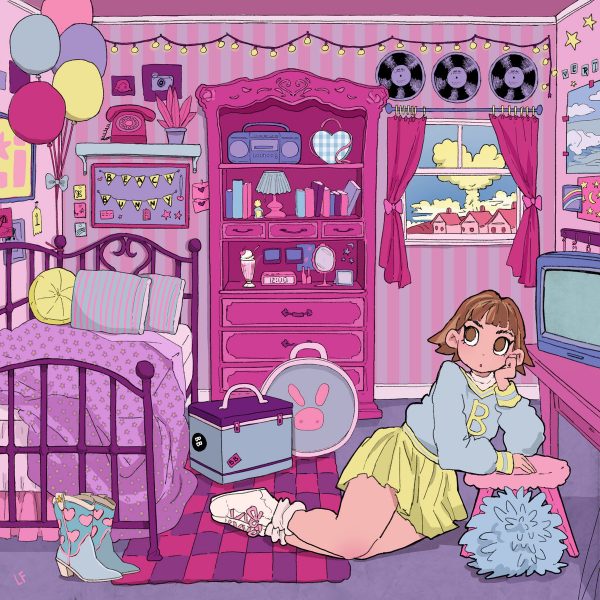New Barbie image can have impact on young girls
After 57 years of designing dolls that portray unrealistic beauty ideals, Mattel finally announced the addition of three new Barbie body shapes: “tall,” “petite” and “curvy.” According to the company, the idea behind the changes is to break away from the stereotypical concept of beauty by introducing dolls that represent more realistically the measurements of female bodies.
The more diverse Barbie looks not only reflect 21st century America better, but also show that female empowerment is a trend that will stick. Mattel already proved to be engaged in new consumer trends before, with a recent advertisement campaign called “Imagine the Possibilities.” In the campaign video, Mattel encourages young girls to be whatever they want, transmiting an important empowering message for its young audience; however, Barbie’s biggest change in years can be considered to have arrived a little bit late in game.
Mattel’s Barbie, who once was the best-selling doll ever, has faced fierce competition from brands like Leggo. Barbie also had to compete with doll lines such as Disney princesses and Monster High in the past years. According to Time magazine, which revealed the design of the new Barbies, the brand sales worldwide fell 20 percent between 2012 and 2014. The decrease in sales can be related to a greater variety of toys being introduced in the past few years, including more diverse and embracing dolls and changes in consumer behavior, which has raised concerns about the impact of representation.
But why is it important? The first Barbie was launched in 1959 in the United States, and over the years it conquered the world market, being sold in more than 150 countries. The doll became a pop culture icon and for a long time was a reflection of American culture, beauty standards and ideals.
A Barbie is not only a doll. Although these changes may seem a little bit insignificant, representation they can have a very large impact on young girls. In 2006, a British study showed that girls between five and eight years who played with Barbies tended to have a less favorable view of their bodies. The study also found that girls exposed to the doll ended up wanting to be thinner, which did not occur with those who were not exposed to the doll.
For years, Barbie has been criticized for its unrealistic body type. The white, thin, medium-height original doll portrays an illusory image of the perfect body that has a negative effect for young girls’ self esteem. Over the years, Barbie has had about 180 professions. The first version of the Barbie Fashion Dolls line launched last year already included seven skin tones, 22 eye colors and 24 hair styles, but Mattel had never made a significant alteration in the dolls’ body shape until now.
The world is evolving, society is constantly changing and for girls to be able to relate to a doll is a very big step towards self acceptance. We want representation and it is up to the companies to follow the revolution and raise their costumers’ flags. The first step is to understand that everybody is different, comes from different backgrounds, has different bodies, different thoughts and different tastes. Accepting that is vital for equality.











